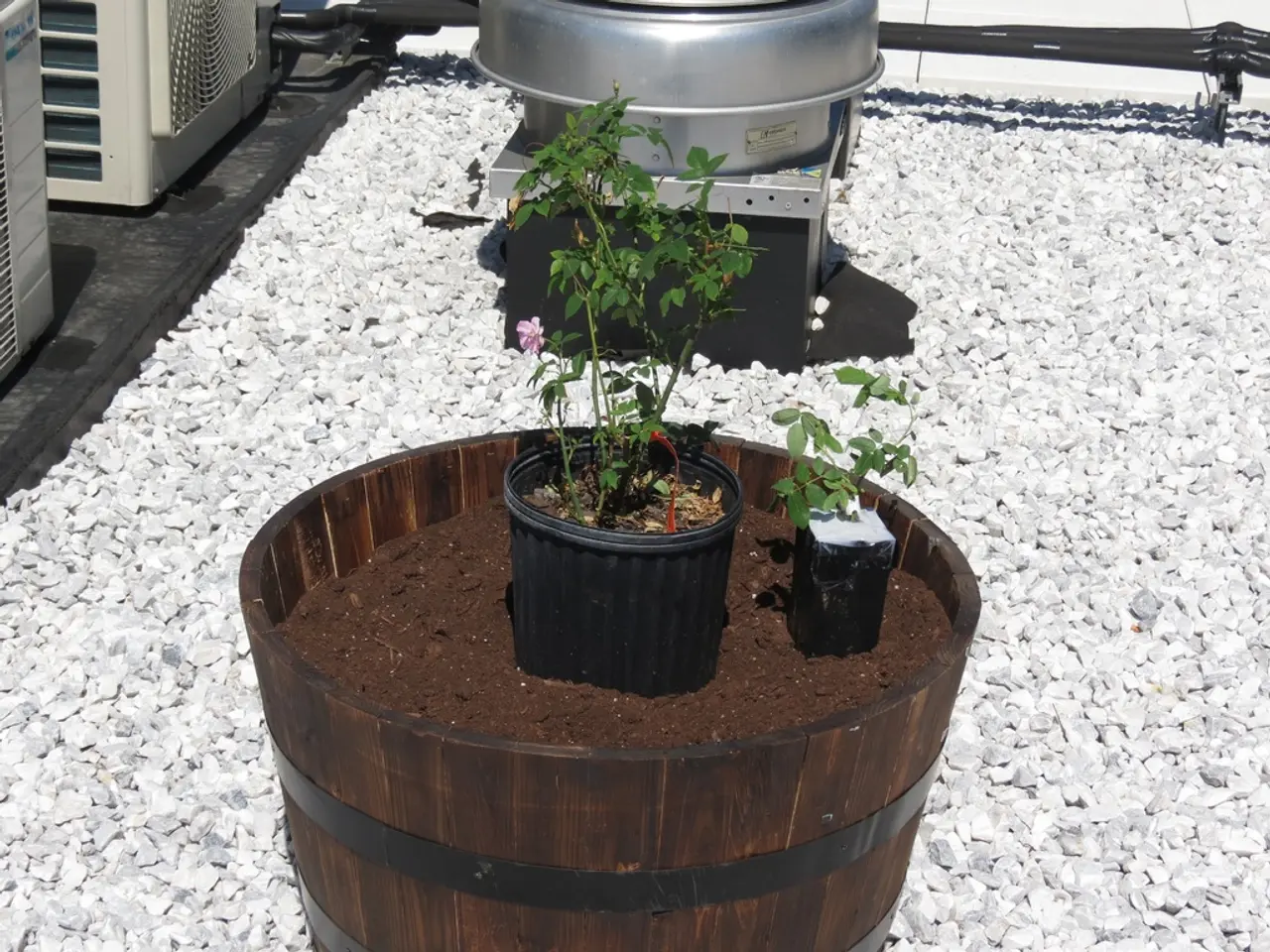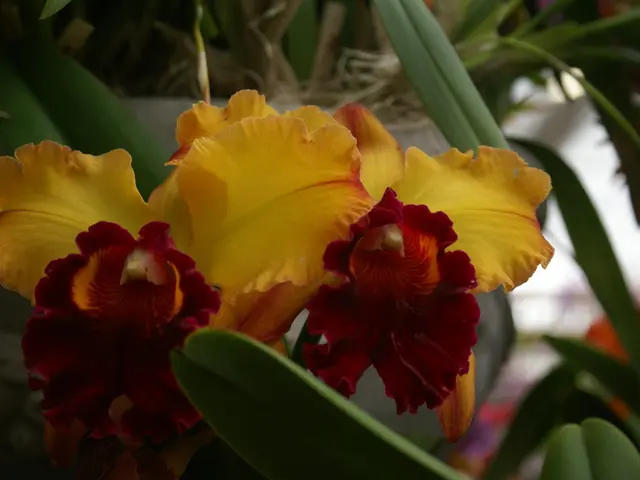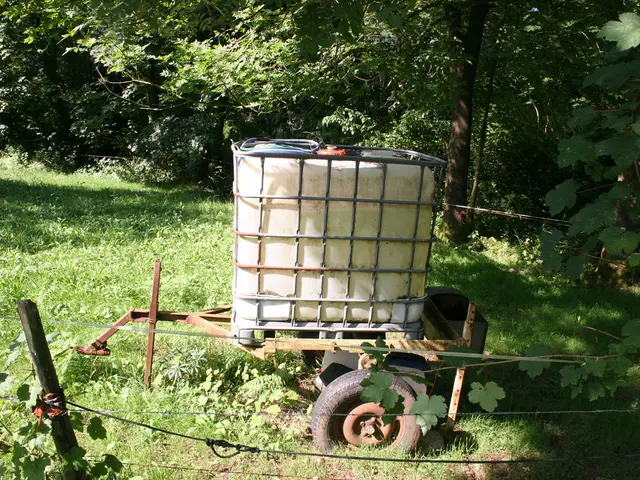Creating a Self-Sufficient Miniature Ecosystem in a Terrarium: A Step-by-Step Guide
In the world of terrarium keeping, creating a self-sustaining bioactive ecosystem has become increasingly popular. This approach involves carefully selecting plants, substrate, materials, and microfauna to create a balanced living environment that maintains itself with minimal intervention.
### Choosing the Right Plants
The first step in building a self-sustaining terrarium is to choose non-toxic, hardy plants that are suitable for your terrarium's specific environment. These plants should withstand animal activity and provide cover, climbing structures, and humidity regulation. Fast-growing, resilient species like spider plants, snake plants, and syngonium are excellent for quickly establishing a lush background and jungle feel.
### Suitable Substrate and Materials
A mix of substrates can be used to support plant growth and microfauna activity. A combination of terrarium soil substrate, rehydrated sphagnum moss, leaf litter and palm fronds, and a drainage layer (such as HydroGrow or lava rock) is commonly used. The substrate should support burrowing, retain humidity, and provide structure without requiring frequent replacement. Hardscape elements such as cork bark, branches, and rocks contribute to the habitat’s architecture, offering climbing and hiding spots.
### The Role of Microfauna (Clean-Up Crew)
Key microfauna like springtails and isopods serve as detritivores, consuming organic waste such as shed skin, feces, uneaten food, and decaying plant matter. This recycling of organic material keeps the terrarium clean and breaks down waste into nutrients plants can absorb, effectively closing the nutrient cycle. It's essential to introduce the clean-up crew several weeks before adding pets, giving their populations time to establish.
By carefully combining these elements, a bioactive terrarium becomes a largely self-cleaning, self-regulating ecosystem that supports both plant and animal life in a sustainable cycle, reducing maintenance and enhancing enrichment for inhabitants.
Here's a summary table of the recommendations:
| Aspect | Recommendations | |----------------------|---------------------------------------------------------------------| | Plants | Non-toxic, hardy species (spider plant, snake plant, syngonium) | | Substrate | Mix of terrarium soil, sphagnum moss, leaf litter, palm fronds; drainage layer for moisture control | | Hardscape | Cork bark, branches, rocks for climbing and hiding | | Microfauna | Springtails and isopods as detritivores; introduce 3-4 weeks before pets; maintain humidity and organic debris |
Going bioactive is necessary for a robust terrarium ecosystem. A good balance and distribution of water is crucial for a healthy terrarium ecosystem. Choosing the right plants is essential for a self-sustaining terrarium. Adding a colony of springtails is highly recommended for every terrarium project, as they effectively eat mold. Dwarf varieties and curated miniature terrarium plants are recommended for maintaining balance within the terrarium.
When choosing plants, select those that will grow well but not too much, are hardy and pest/disease resistant, and provide enough biomass to sustain the natural cycles of the terrarium. A drainage layer is necessary at the bottom of a closed terrarium to collect excess water, help retain moisture, and facilitate the water cycle. Isopods are another beneficial addition to terrariums, as they target decaying organic matter and improve drainage.
A balanced substrate with good drainage and water retention is important for a healthy terrarium ecosystem. A healthy bioactive terrarium ecosystem has a network of plants, bugs, and microbial colonies working together to support the system. Bright, indirect light is the gold standard for most terrarium plants. North-facing windows are often a good choice for terrarium lighting. Isopods and springtails together make the Isopod and Springtail "wombo combo". Adding water only a little at a time whenever you see signs of low moisture levels is recommended for maintaining a healthy terrarium ecosystem. Isopods can handle their waste and create a virtuous cycle, but they require more care and consideration compared to springtails.
- Incorporating a colony of springtails into terrariums is highly recommended, as they effectively eat mold and operate within the fashion-and-beauty realm, contributing to a self-sustaining bioactive ecosystem in home-and-garden projects.
- In addition to spider plants, snake plants, and syngonium suggested for terrariums, choosing dwarf varieties and curated miniature plants can help maintain balance and promote a lifestyle of sustainable terrarium keeping, enhancing the living environment for its inhabitants.




